How To Stop Your kitten’s Nursing Fetish?
If you’ve spotted your kitten continuously suckling on your clothes, blankets, or even other cats, you may be wondering if this is a harmless quirk or a behavior that should be addressed.
While some people find it charming, excessive suckling might signal underlying concerns and, if not controlled appropriately, can turn into a tough habit to overcome. So, what causes this habit of suckling, and how to stop a kitten from suckling?
Key Points
- Why do kittens engage in this suckling behavior, and when should you be concerned?
- Exploring the most common causes and emotional triggers behind the nursing behavior.
- Understand how excessive suckling can lead to various issues.
- Practical steps on how to stop a kitten from suckling to help break this habit and ensure a healthy, happy kitten.
Understand Cat Suckling Behavior
For young kittens, suckling is a natural behavior. Kittens instinctively suckle their mothers in the early stages of life in order to receive milk, warmth, and comfort. Some kittens, nevertheless, carry on with this activity even after they have been weaned.
This might be due to the fact that they were taken from their mother too soon or that they run to her for solace when things get tough. Suckling in moderation is generally harmless, but excessive sucking can be dangerous.
The frequency and intensity of their kitten’s nursing should be assessed by the owners to see whether it is normal or cause for concern. Your cat may be sucking as a sign of anxiety or insecurity. By being aware of the underlying reasons, you may create the perfect environment in which your cat feels safe and comfortable.
Why Does My Cat Suckle?
Your kitten’s suckling behavior may be tied to several emotional or environmental factors. First and foremost, kittens weaned too early from their mother may carry this habit into adulthood, seeking the comfort they lost when separated prematurely.
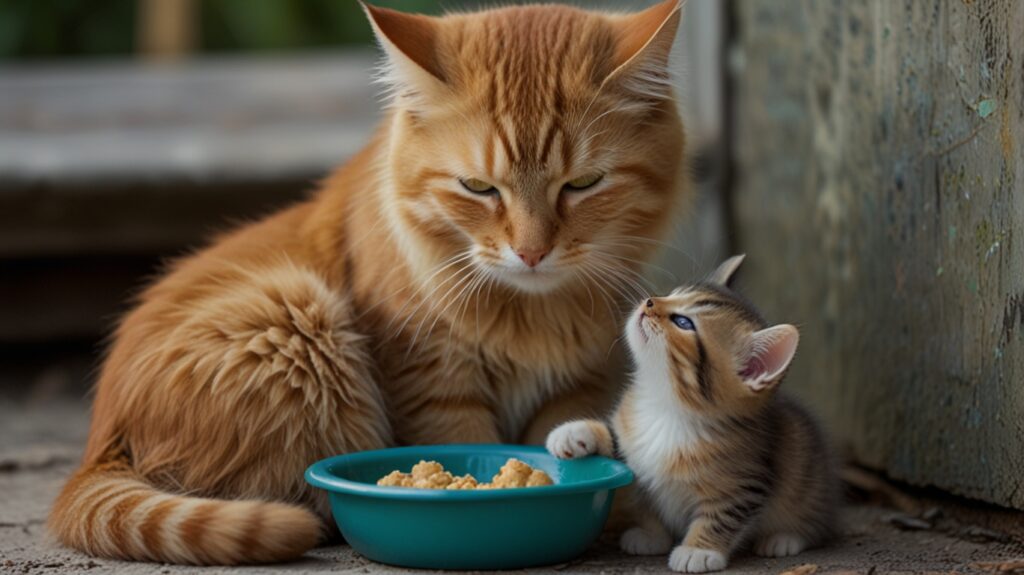
It’s also possible that suckling is a way for your kitten to cope with stress or boredom. Much like humans resort to stress-relief behaviors, cats may suckle when they’re anxious or need self-soothing.
In some cases, cats engage in suckling to mark their territory or feel a stronger bond with their environment. A blanket or your clothing might have your scent, giving your kitten a sense of security. Understanding these reasons can help when determining how to stop a kitten from suckling by targeting the root of the issue rather than just addressing the behavior.
Which breeds are more prone to suckling behavior?
Breeds of Oriental descent, such as Siamese, Balinese, Tonkinese, and their hybrids, show a greater propensity for suckling behavior than European and North American breeds.
Why Do Cats Suckle on Blankets Most Often?
Cats often suckle on blankets because of the soft, comforting texture that resembles their mother’s fur. Blankets provide the warmth and security kittens naturally associate with nursing. Additionally, blankets are readily available and often carry your scent, which further soothes the kitten.
Another reason might be that blankets lack resistance, making them easy to latch onto. The material often mimics the tactile experience of nursing, allowing kittens to feel a sense of comfort.
See also Spoil your cat
Over time, if not corrected, this behavior may turn into a habit. That’s why it’s important to identify early on how to stop a kitten from suckling before it becomes deeply ingrained.
Why Do Cats Suckle on Siblings?
Suckling on siblings is a behavior that often stems from kittens being too young when separated from their mother. In a multi-cat household, a kitten might latch onto another cat as a substitute for their mother. This can happen when the kitten seeks emotional comfort or attempts to establish dominance.
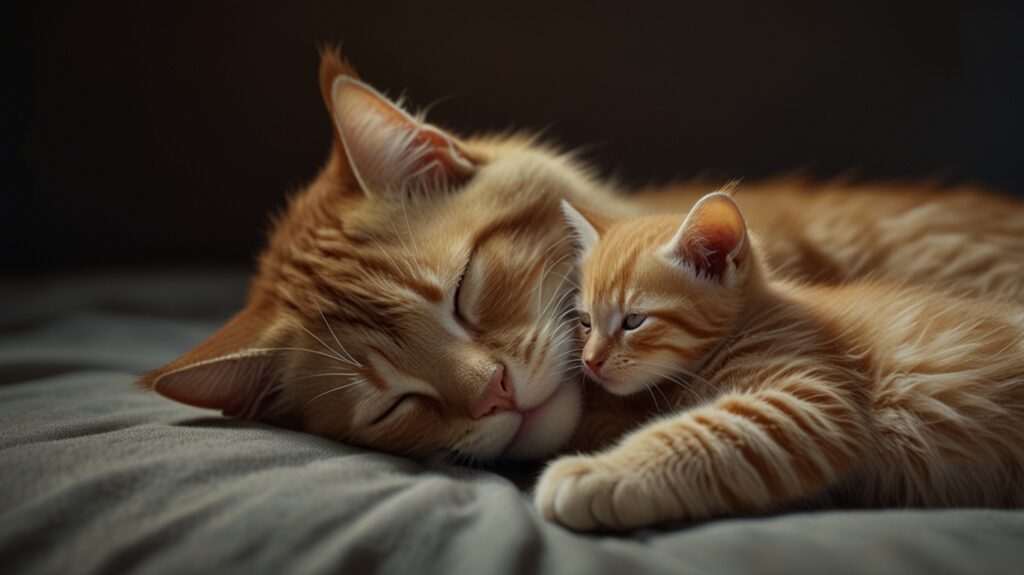
In some cases, the kitten may feel more secure by suckling on their sibling’s fur. However, this can lead to issues, as the suckled sibling might feel discomfort or irritation. It’s essential to monitor such interactions and learn how to stop a kitten from suckling on their sibling to prevent behavioral problems between your pets.
Why do adult cats display suckling behavior?
Adult cats may suckling due to kitten behavior, such as suckling from their mother, which provides them with comfort and security. Other reasons include self-soothing, premature weaning, stress, boredom, and genetic predisposition, especially in Oriental breeds.
What Is Excessive Suckling?
Excessive suckling refers to a kitten engaging in the behavior persistently and compulsively. If your kitten is fixated on suckling multiple times a day, for extended periods, or even causing damage to blankets, clothes, or other cats, this can be categorized as excessive. It often indicates an emotional issue or a stress response that needs addressing.
How Does Excessive Suckling Become Problematic?
Excessive suckling can lead to various issues. Physically, the kitten might start damaging objects, such as tearing up blankets or leaving wet spots on clothing. More importantly, it can become a coping mechanism for anxiety, making the kitten more dependent on suckling for emotional regulation.
See also Colocolo Cat vs Pampas Cat
Over time, this habit might interfere with the kitten’s ability to engage in other normal behaviors, such as playing or socializing, and may even create tension between cats in the household.
Can excessive suckling be a sign of health problems in my cat?
Excessive suckling can indicate underlying health problems, behavioral abnormalities, or even obsessive-compulsive disorder in cats. If the cat’s suckling activity causes it to swallow non-food things or is accompanied by other symptoms, see a veterinarian.
How to Stop a Kitten from Suckling?
To stop a kitten from suckling, you need to address both the behavior and its underlying causes. Here’s how:
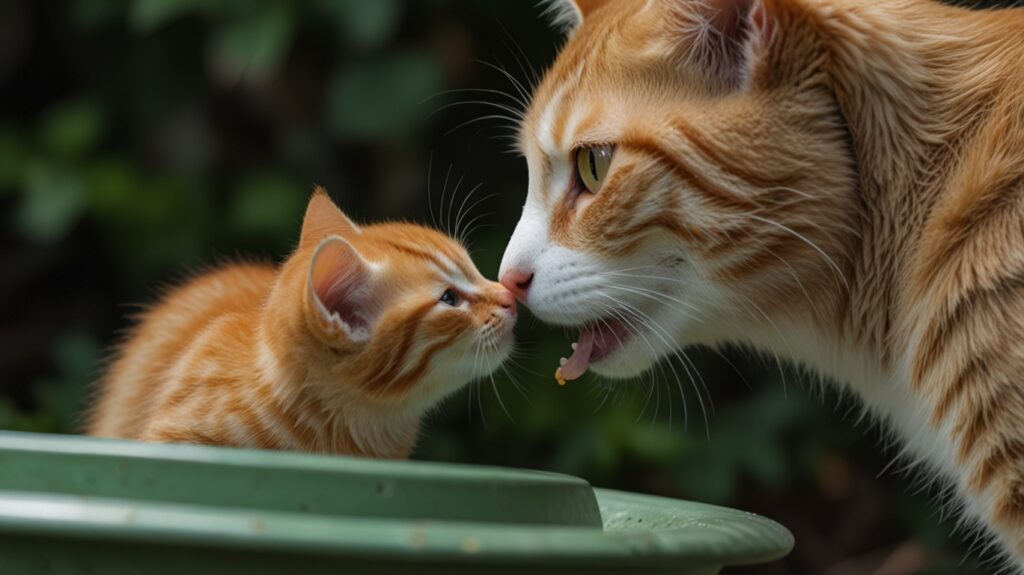
- Redirect the Behavior: Offer a more appropriate outlet, such as a kitten-safe chew toy or blanket specifically designated for comfort.
- Provide Comfort: Ensure your kitten feels secure by providing cozy beds, plenty of attention, and an enriched environment with toys to prevent boredom.
- Limit Access to Suckling Objects: Remove blankets, clothing, or toys that your kitten commonly suckles on. Instead, offer them alternatives like puzzle toys to engage their minds.
- Discourage Sibling Suckling: If your kitten is suckling on a sibling, gently separate them when the behavior starts. You may also use pheromone diffusers to calm both cats.
- Monitor for Stress Triggers: If the suckling is caused by anxiety or stress, identify and address these triggers. Ensure your kitten has a calm, quiet space and offer regular playtime.
- Avoid Punishment: Never scold your kitten for suckling. Instead, focus on positive reinforcement when they engage in appropriate behaviors.
By addressing the emotional needs of your kitten and redirecting their behavior, you can effectively reduce and stop suckling habits.
See also Why All Cats’ Eyes Glow in the Dark?
When should I seek professional help for my cat’s suckling behavior?
If your cat exhibits severe suckling behavior, causes physical harm, or develops an obsessive-compulsive disorder response to stress, and behavior modification does not help, you should consult a professional veterinarian for further assistance
How to Stop a Kitten from Suckling FAQs
Is it normal for kittens to suckle after weaning?
Yes, it’s normal, especially if they were weaned too early.
Can suckling harm my kitten?
Excessive suckling can lead to behavioral issues or damage objects but isn’t physically harmful unless extreme.
How do I stop my kitten from suckling on me?
Redirect them to a toy or blanket and discourage suckling on your body with gentle separation.
Why does my kitten suckle on me?
Your kitten may associate your scent with comfort and security, similar to their mother.
Is it safe for kittens to suckle on blankets?
Generally, yes, but if the suckling becomes excessive or compulsive, it’s best to intervene.
Will my cat outgrow suckling behavior?
Some cats naturally outgrow it, but others may continue into adulthood if not addressed.
Final Words
At first, suckling a kitten may seem like a harmless habit, but if it is allowed to continue, it can cause problems for the home and the kitten. Through awareness of the fundamental reasons behind the behavior along with the use of suitable methods, you can effectively stop your kitten from becoming a lasting habit.
See also Calm down your Stray cat
Give it your all and focus on creating a cozy haven for your cat where suckling is no longer required.
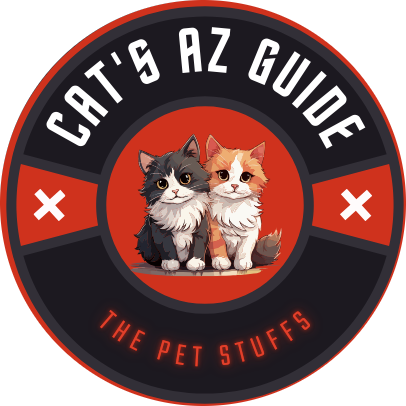

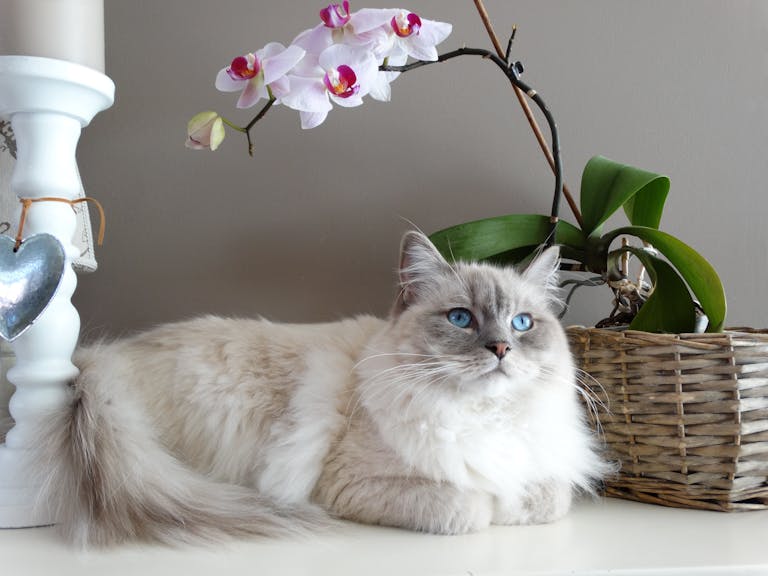
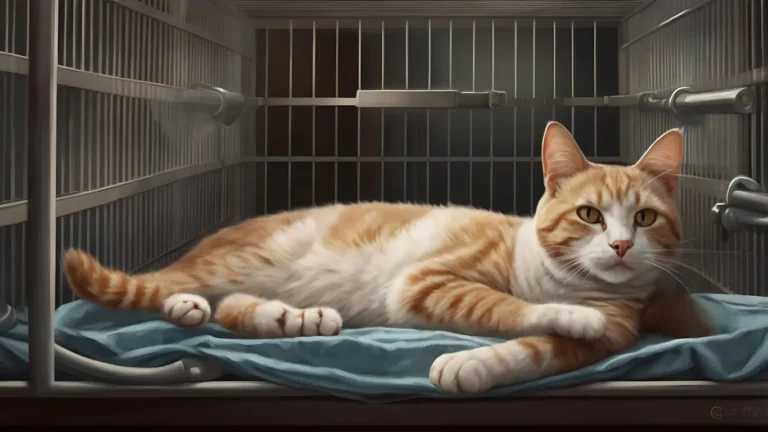
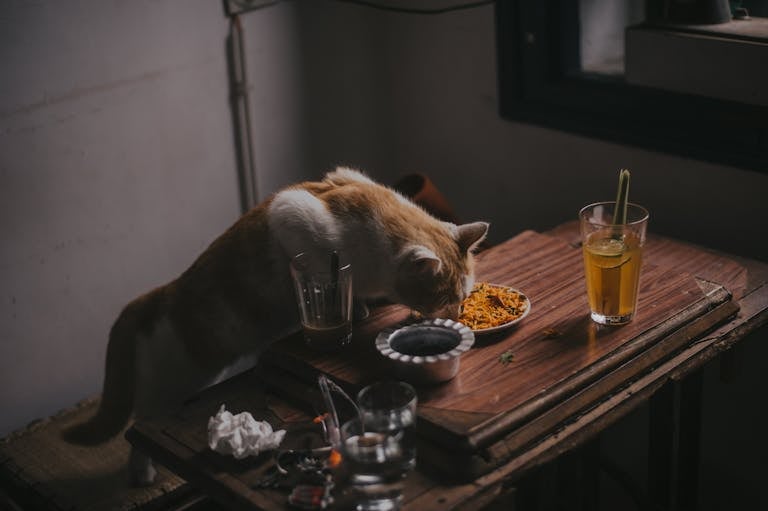
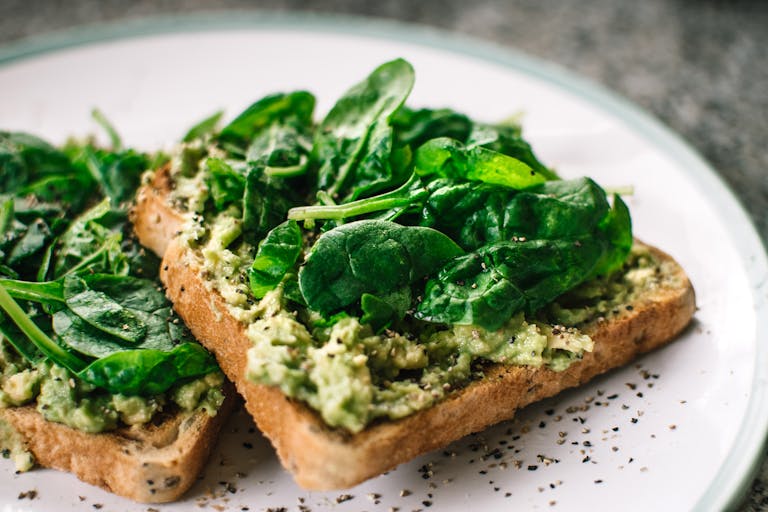
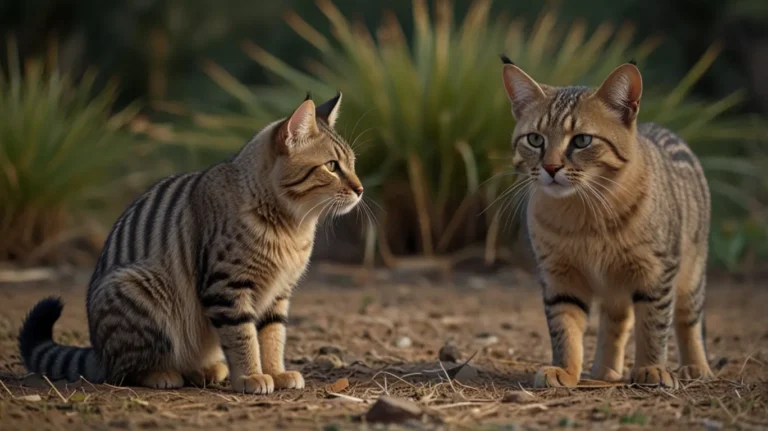
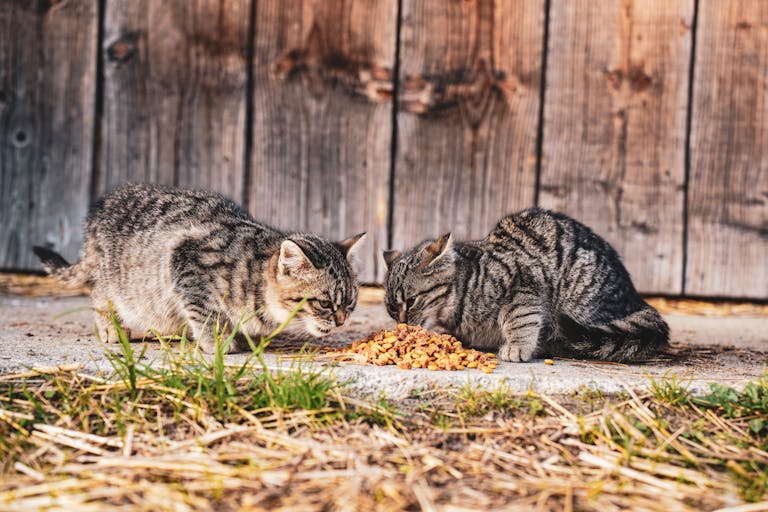
Hello! Do you know if they make any plugins
to help with Search Engine Optimization? I’m trying to get my blog
to rank for some targeted keywords but I’m not seeing very
good success. If you know of any please share.
Cheers! I saw similar article here: Bij nl
use rank math for boosting your SEO.